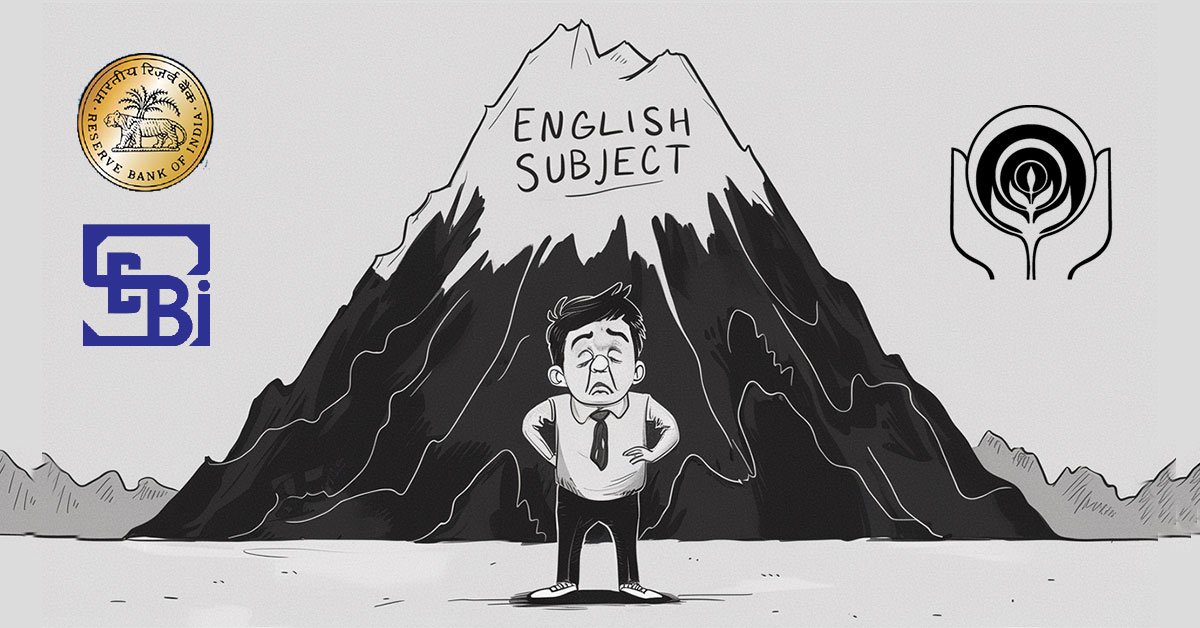Context:
The Reserve Bank of India’s (RBI) new guidelines on bond forwards come into effect from May 2, 2025.
Objective: To help long-term investors manage cash flows and interest rate risks, while expanding the range of interest rate derivative products.
What Are Bond Forwards?
- Bond forwards are contracts where two parties agree to buy or sell a government bond at a predetermined price on a future date.
- Unlike forward rate agreements (FRAs), bond forwards allow physical delivery of securities rather than mere cash settlement.
Key Market Impact
- Focus on State Development Loans (SDLs):
- Higher demand expected for bond forwards linked to 10-15 year SDLs.
- Wider yield spreads (around 29 basis points) between 10-year SDLs and benchmark government bonds make this segment attractive.
- Long-Term Investors Benefit:
- Insurance companies, pension funds, and mutual funds can better hedge against interest rate risks across market cycles.
- Access to physical bond delivery addresses a key gap in earlier hedging methods like bond FRAs.
How the Market Setup Changes
- Market Makers:
- Scheduled commercial banks and standalone primary dealers are authorized as market makers.
- Excluded Entities:
- Small finance banks, payment banks, local area banks, and regional rural banks are excluded from participating in bond forward market making.
Broader Impact
- Enhanced Price Discovery:
- Encourages better pricing of interest rate risks across different bond maturities.
- Wider Market Participation:
- Expected to deepen the Indian government securities (G-Sec) market and strengthen hedging mechanisms for long-term investors.















